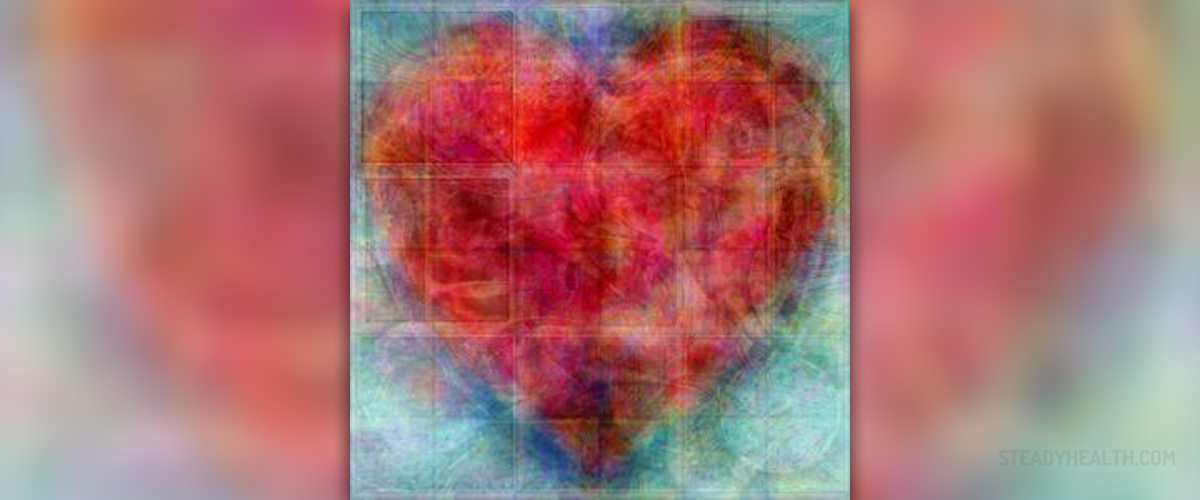
What Is A Junctional Rhythm?
A junctional rhythm is an abnormal heart rhythm that can be seen as a "backup" protective system or a fail-safe. When the heart is functioning properly, the heart's sinoatrial node establishes the rate by which the heart beats. The sinoatrial node is the heart’s natural pacemaker.
In patients who have a junctional rhythm, the sinoatrial node does not control the pace at which heart beats. Causes of this failure vary but most commonly, there is a block in electrical conduction somewhere along the pathway that starts from heart’s sinoatrial node end ends in the ventricles.
The electrical activity of sinus pace starts in the sinoatrial node and depolarizes the atria. A current then passes from the atria through the AV node, also known as atrioventricular node, from which it moves along Purkinje fibers to arrive at and depolarize the ventricles. This sinus pace is vital for the reason that it guarantees that the heart's atria reliably contract before the ventricles.
If a junctional rhythm occurs, the heart's atrioventricular node starts acting as a pacemaker instead, taking over from the sinoatrial node.
It has intrinsic automaticity that makes it possible to initiate and depolarize the myocardium for the period of significant sinus bradycardia or total heart block. It is an escape mechanism, which produces a narrow QRS complex, with a rate of 40 to 60 beats per minute, contrary to the normal and expected 60 to 100 beats per minute that you will see when the SA node is working correctly.
An accelerated junctional rhythm, in which the rate is higher than 60 beats per minute, is a narrow complex rhythm that often takes over from a clinically bradycardic sinus node pace.
Junctional rhythm: Frequency and outcome
Junctional rhythms are most commonly found in patients who have sick sinus syndrome or severe bradycardia in which the AV nodal region may determine the heart pace. Depending on the heart rate during a junctional rhythm, a patient may have symptoms or not. Symptoms may occur because of a trial conduction and subsequent contraction when the tricuspid valve is closed. Stages of junctional rhythm are not always connected with increased mortality rate. Mortality may result from the heart block or sick sinus syndrome, and not the junctional pace mechanism in itself. This mechanism serves as a "backup pace" during the periods of bradycardia.
Risk factors for junctional rhythm
Junctional escape rhythms are more common in in younger and/or athletic individuals during periods of increased vagal tone. They occur equally in male and female population, and can strike in patients of any age.
Causes of junctional rhythm
In some cases, a predominant junctional rhythm is caused by structural heart disease or/and a sick sinus syndrome, during which the junctional escape rhythm supersedes the sinus rate and provides a safety mechanism. Prominent jugular venous pulsations may occur due to the right atrium contracting with a clogged tricuspid valve.
Reasons for which these processes take place can involve sick sinus syndrome (including drug-induced), digoxin toxicity, ischemia of the AV node, a cutely after cardiac surgery, acute inflammatory processes like those caused by Lyme disease, diphtheria, from certain drugs (for example, beta-blockers, calcium blockers, most antiarrhythmic agents), metabolic states with increased adrenergic tone, and isoproterenol infusion.
Symptoms patients report will include light-headedness, dizziness, fatigue, fainting, shortness of breath, and heat palpitations.


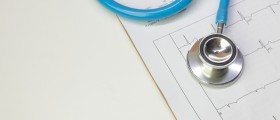

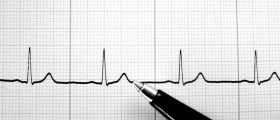
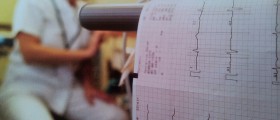
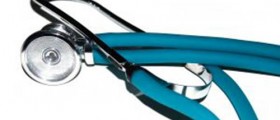
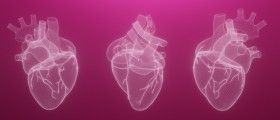


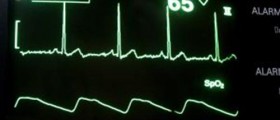
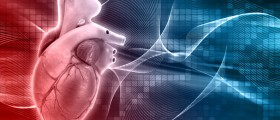
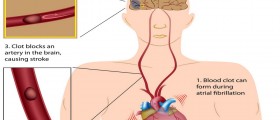


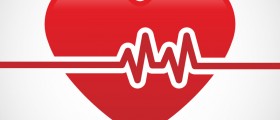

Your thoughts on this
Loading...